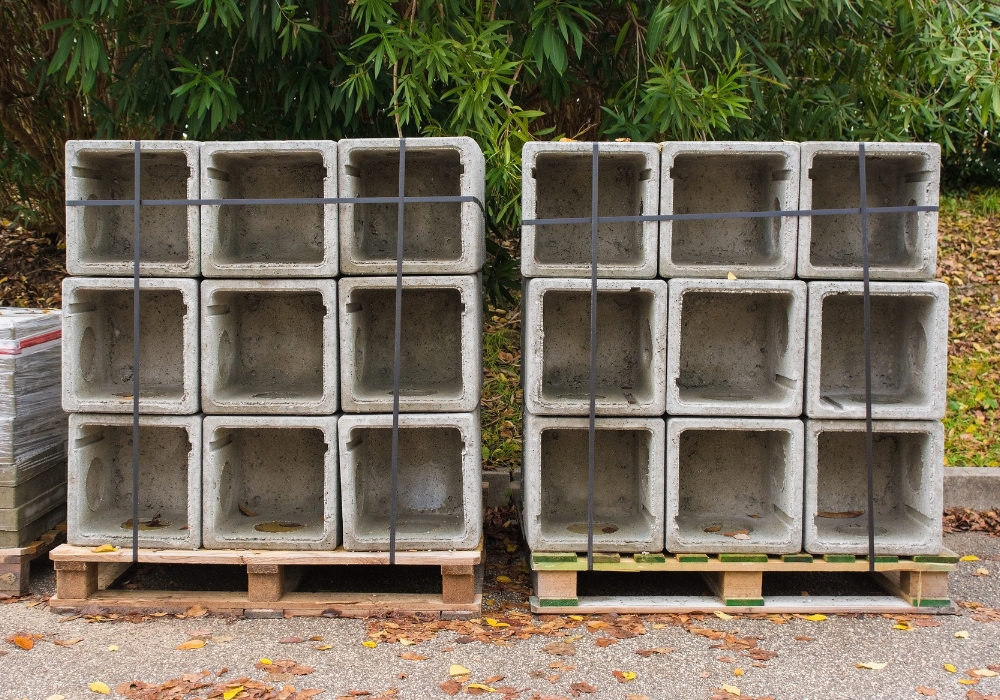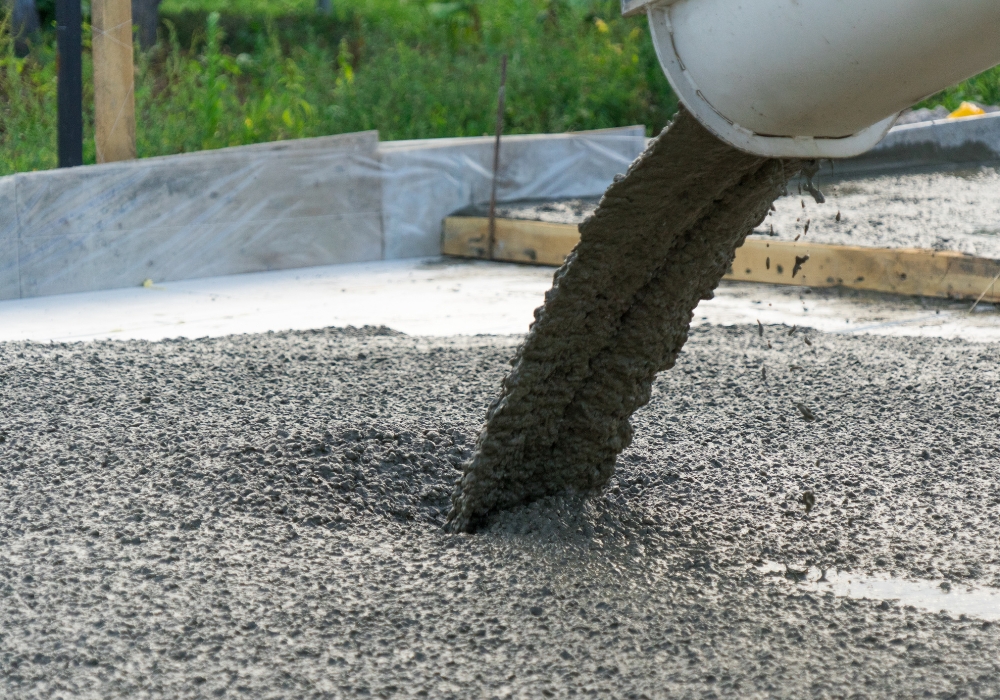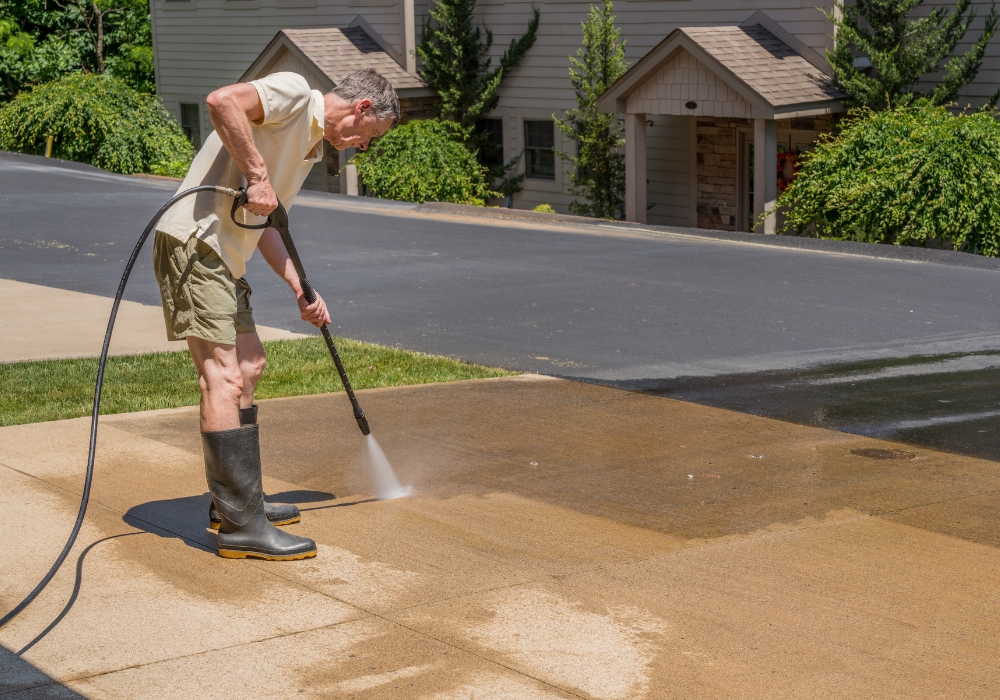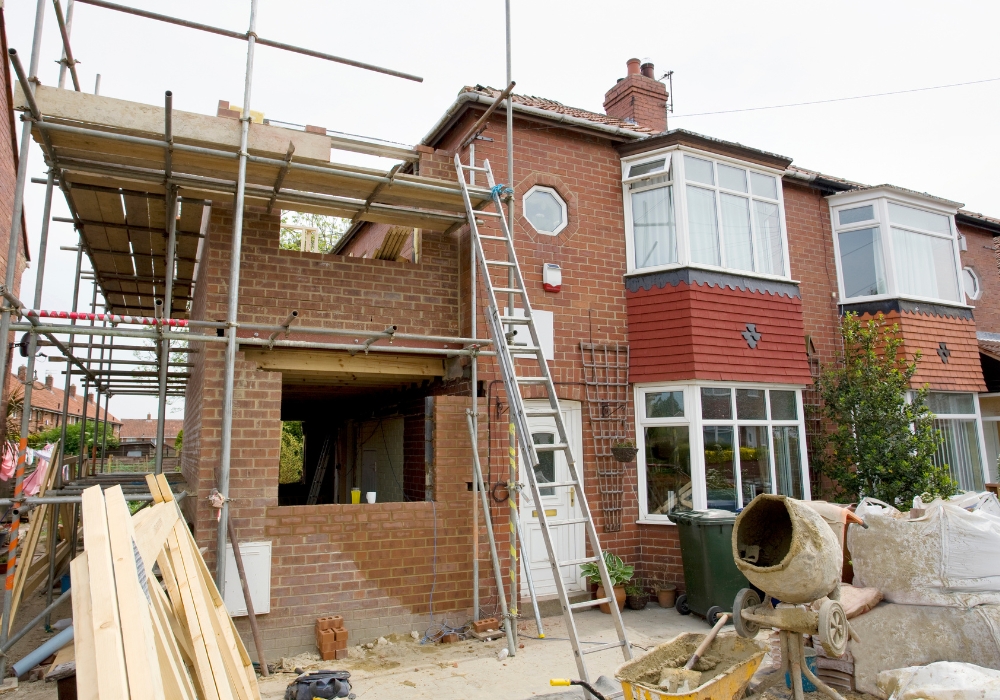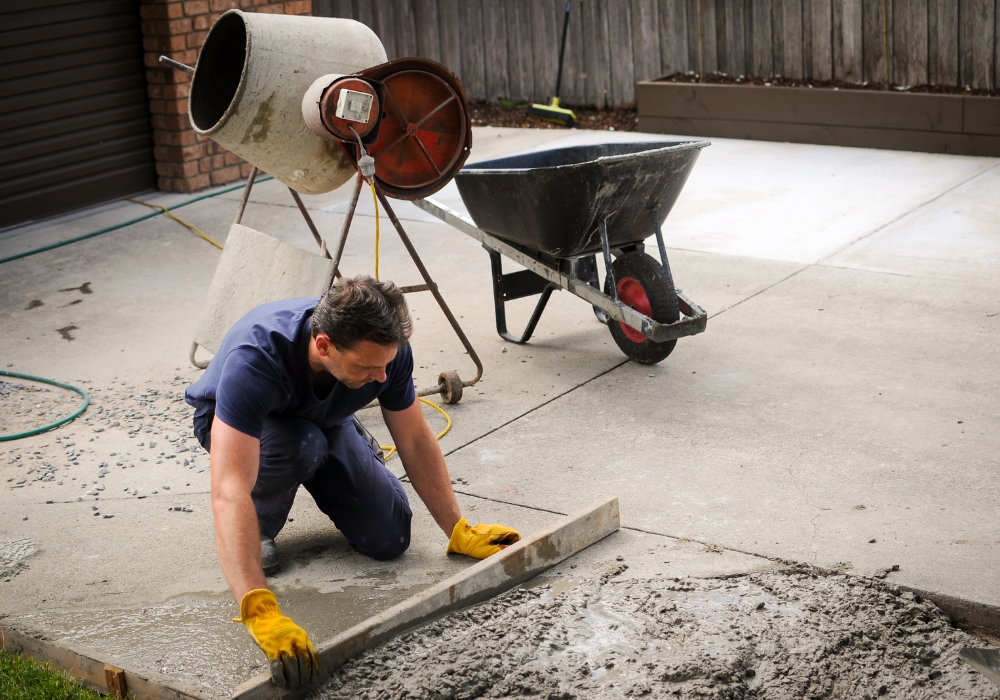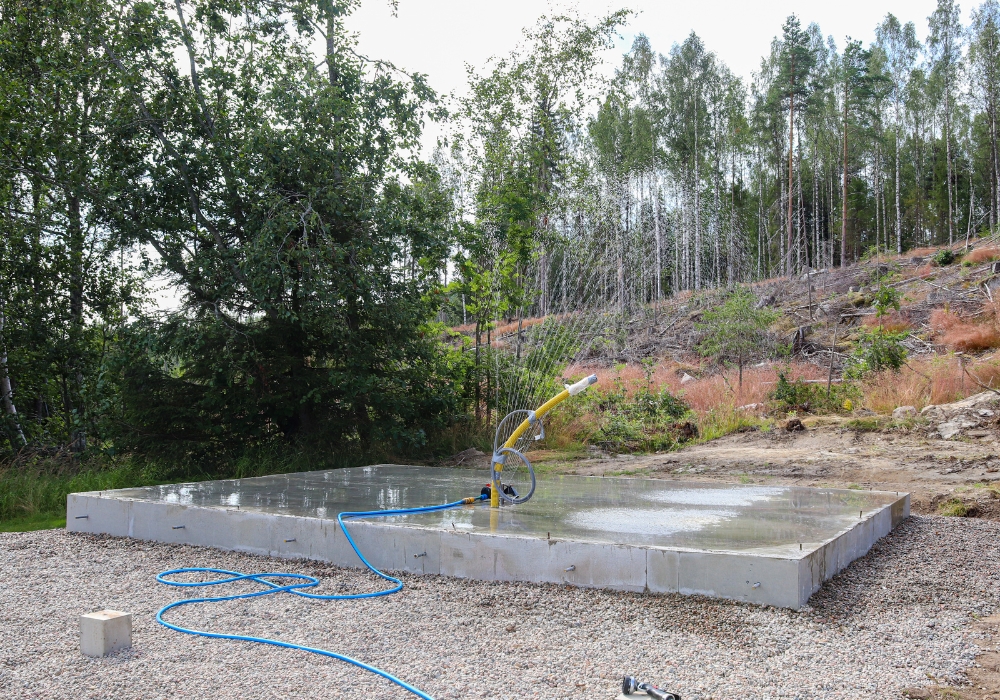Concrete box culverts are essential for infrastructure, managing water flow while supporting roads and railways. They play a significant role in preventing flooding and ensuring safe crossings. From our experience, properly designed culverts offer long-term reliability by handling water drainage and heavy loads efficiently.
The choice of culvert design depends on specific project needs, whether for drainage, underpasses, or flood control. Material costs, installation methods, and maintenance should also be considered.
In this article, we’ll explore their structure, benefits, types, applications, and the key factors influencing costs.
What Are Concrete Box Culverts?
Concrete box culverts are rectangular or square structures used primarily for directing water beneath roads, railways, and other infrastructure. They are designed to handle high load capacities and manage water efficiently, making them essential in areas prone to flooding or with regular water flow.
These culverts are typically reinforced to ensure structural integrity over time and can be made either on-site or in controlled environments, depending on project requirements.
The basic structure of a concrete box culvert consists of four walls—two sides, a bottom slab, and a top slab—forming a hollow passage. This design allows for effective water flow while supporting the load of traffic or infrastructure above.

The dimensions of a culvert can vary depending on the amount of water it needs to handle and the specific requirements of the project.
Benefits of Concrete Box Culverts
Concrete box culverts are widely used in construction because of their ability to withstand significant loads and environmental pressures. One of their key advantages is their long lifespan, requiring little maintenance over time.
This durability reduces the need for frequent repairs or replacements, making them a cost-effective option for many projects.
Another benefit is their load-bearing capacity. Concrete box culverts are engineered to support heavy loads, including vehicles and trains, making them suitable for use in highways, railways, and other areas where high traffic volumes are expected.
This ability to handle weight efficiently makes them a reliable choice for many infrastructure projects.
Concrete box culverts also require minimal maintenance once installed. They are designed to last for extended periods without significant wear and tear, which reduces the overall cost of ownership for government agencies, contractors, and other stakeholders.
Types of Concrete Box Culverts
There are two main types of concrete box culverts: precast and cast-in-place. Each type has its specific advantages depending on the project’s needs, installation timeline, and site conditions.
Precast Concrete Box Culverts
Precast concrete box culverts are manufactured off-site in a controlled environment, then transported to the project location for installation. This method allows for greater quality control since the culverts are made in consistent conditions and inspected before being delivered to the site.

Precast culverts are often favoured for projects requiring faster installation because the units arrive ready for placement, reducing on-site labour and construction time.
Precast culverts can be mass-produced to standard sizes, which makes them ideal for projects with repetitive designs or where standardisation is critical. They are commonly used in road crossings, drainage systems, and underpasses for both vehicles and pedestrians.
Cast-in-Place Concrete Box Culverts
Cast-in-place concrete box culverts are constructed directly at the project site. This method is used when the project requires custom sizing, unique shapes, or when transporting large precast units is impractical. Cast-in-place culverts are built by pouring concrete into forms set up on-site, allowing for more flexibility in design and fit.

Although cast-in-place culverts typically require more time to construct, they are essential in cases where specific site conditions demand unique solutions. Projects in remote areas or locations with challenging terrain may benefit from the adaptability of cast-in-place culverts.
Single-Cell vs. Multi-Cell Culverts
Concrete box culverts can also be classified as single-cell or multi-cell, depending on the design and water flow requirements. Single-cell culverts feature one large passage, which is often sufficient for smaller streams or drainage systems.
Multi-cell culverts, on the other hand, have two or more passages and are used in areas with larger volumes of water or wider roadways that need increased drainage capacity.
Multi-cell culverts are commonly used in highways and railways where large amounts of water need to be diverted or when larger spans are required to accommodate the infrastructure above. The choice between single-cell and multi-cell designs depends on the site’s needs, as well as the amount of water the culvert must handle.
Applications of Concrete Box Culverts
Concrete box culverts are used in various infrastructure projects, particularly where water management or load-bearing is a priority. Some of the most common applications include:
- Road and Highway Crossings
Concrete box culverts are frequently installed under roads and highways to allow water to flow beneath the infrastructure without disrupting the traffic above. This helps prevent flooding on the road surface and ensures that vehicles can cross safely, even in areas prone to heavy rain or water flow. - Drainage and Flood Control
Box culverts are often used in drainage systems to manage stormwater and prevent flooding in residential or commercial areas. They are designed to handle large volumes of water, making them effective in controlling water flow and reducing the risk of water damage to property. - Pedestrian and Wildlife Crossings
In addition to managing water flow, concrete box culverts are also used to create safe passages for pedestrians and wildlife beneath roads or railways. These crossings help reduce the impact of infrastructure on the environment and local ecosystems by providing animals with a way to cross safely without interfering with traffic. - Railway Underpasses
Railways often require robust structures to support trains while allowing water or pedestrians to pass underneath. Concrete box culverts are well-suited for this purpose due to their strength and ability to handle the heavy loads that come with rail transport.
Pricing of Concrete Box Culverts
The cost of concrete box culverts can vary widely based on several factors, including size, type, and installation method. Precast culverts generally offer lower upfront costs in terms of labour and time, as they are manufactured in controlled environments and delivered ready for installation.
This reduces on-site construction time and associated labour costs, making them a cost-effective option for projects with standard designs.
On the other hand, cast-in-place culverts tend to be more expensive due to the additional time and labour required for on-site construction. However, they are necessary for projects with custom specifications or where transportation of precast units is not feasible.

The additional cost for cast-in-place culverts comes from the need for formwork, concrete pouring, and curing on-site.
Size also plays a significant role in determining the cost of concrete box culverts. Larger culverts or multi-cell designs will naturally be more expensive due to the increased materials and labour required. Additionally, site conditions, such as soil quality, water levels, and access to the location, can also impact the total cost of the project.
Despite the higher upfront costs, concrete box culverts often provide long-term value due to their durability and low maintenance requirements. Over time, the cost of repairs and replacements is typically lower compared to other materials, such as steel or plastic, which may require more frequent upkeep or replacement.
Final Thoughts!
Concrete box culverts are a crucial component in many infrastructure projects, offering reliable solutions for managing water flow and supporting heavy loads. Their durability, load-bearing capacity, and low maintenance needs make them a cost-effective choice for long-term use.
The choice between precast and cast-in-place culverts depends on project requirements, while single-cell and multi-cell designs allow for flexibility in handling various water volumes and traffic needs.
With proper design and installation, concrete box culverts provide lasting solutions for roads, railways, and drainage systems.If you need guidance or support with your concrete box culvert project, feel free to contact us for personalised assistance tailored to your specific requirements.
